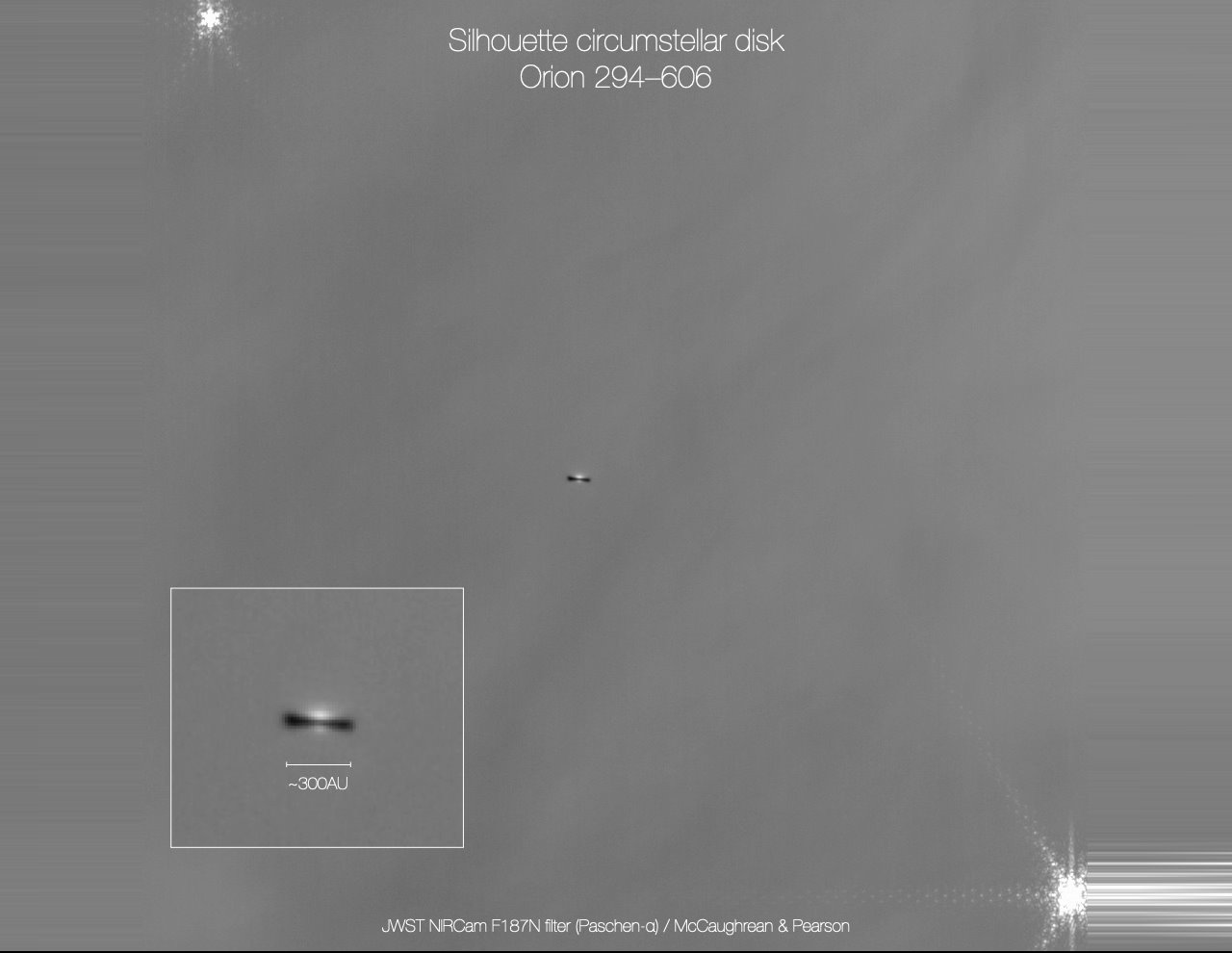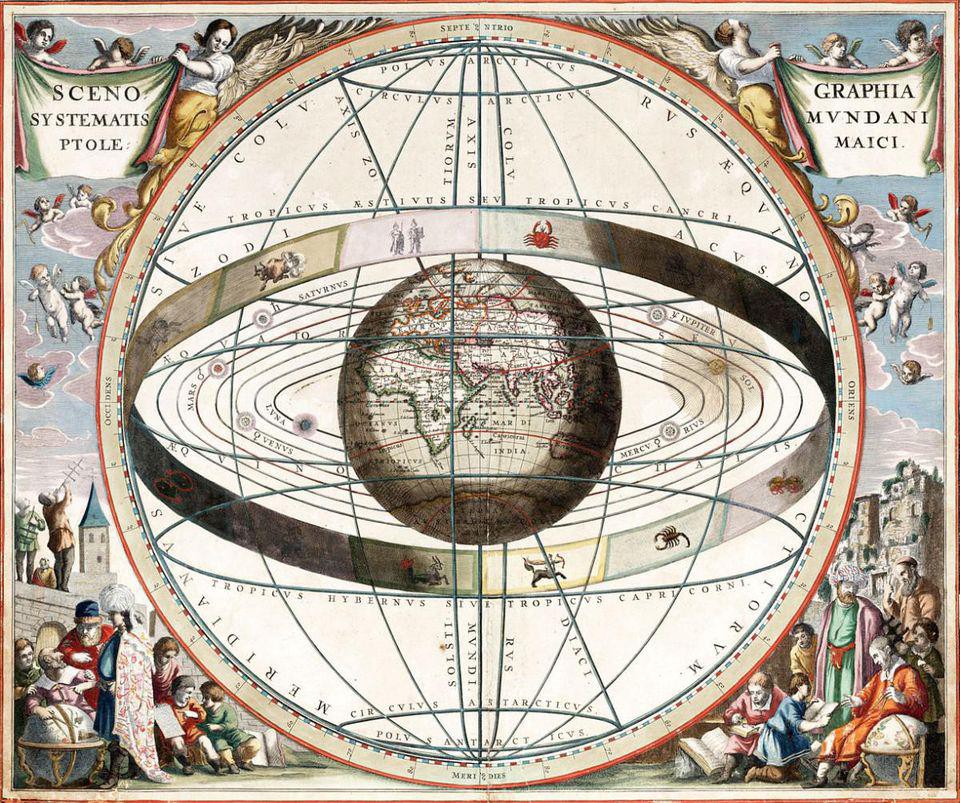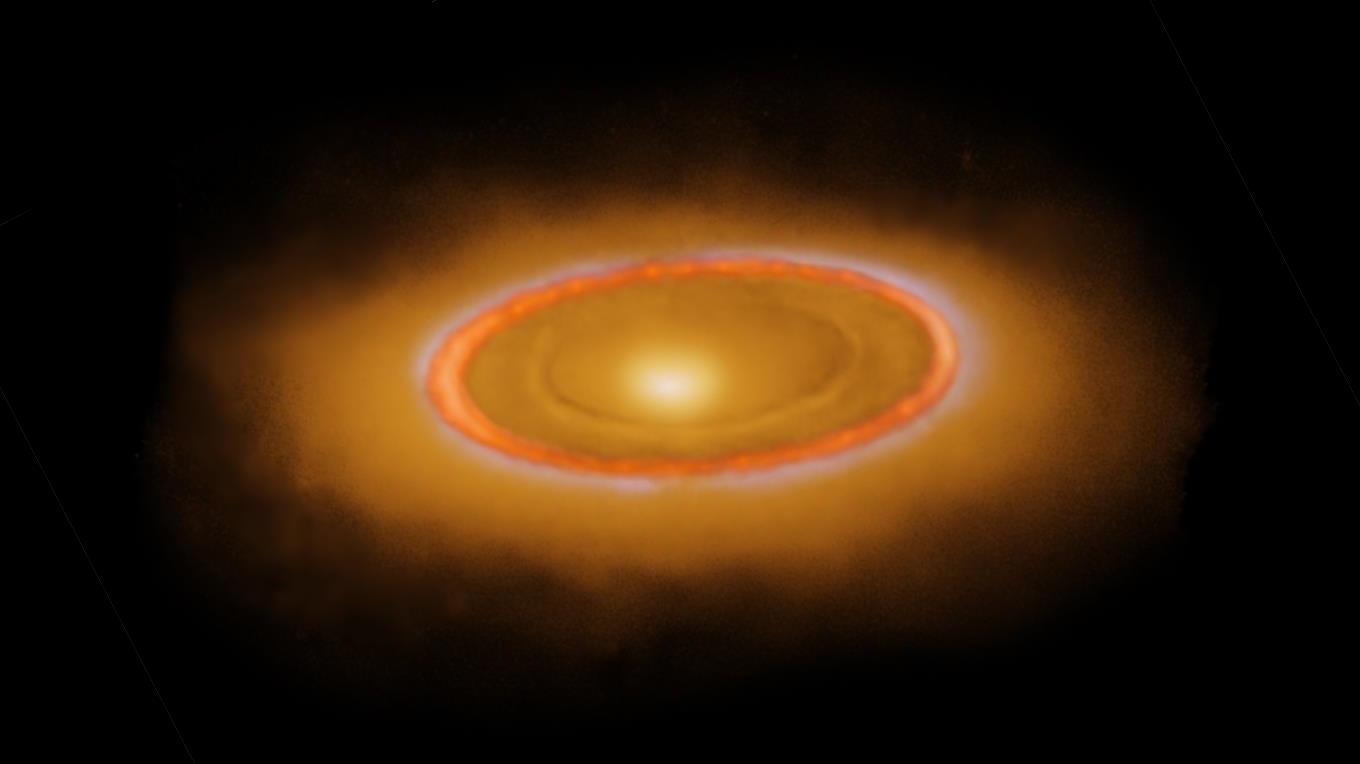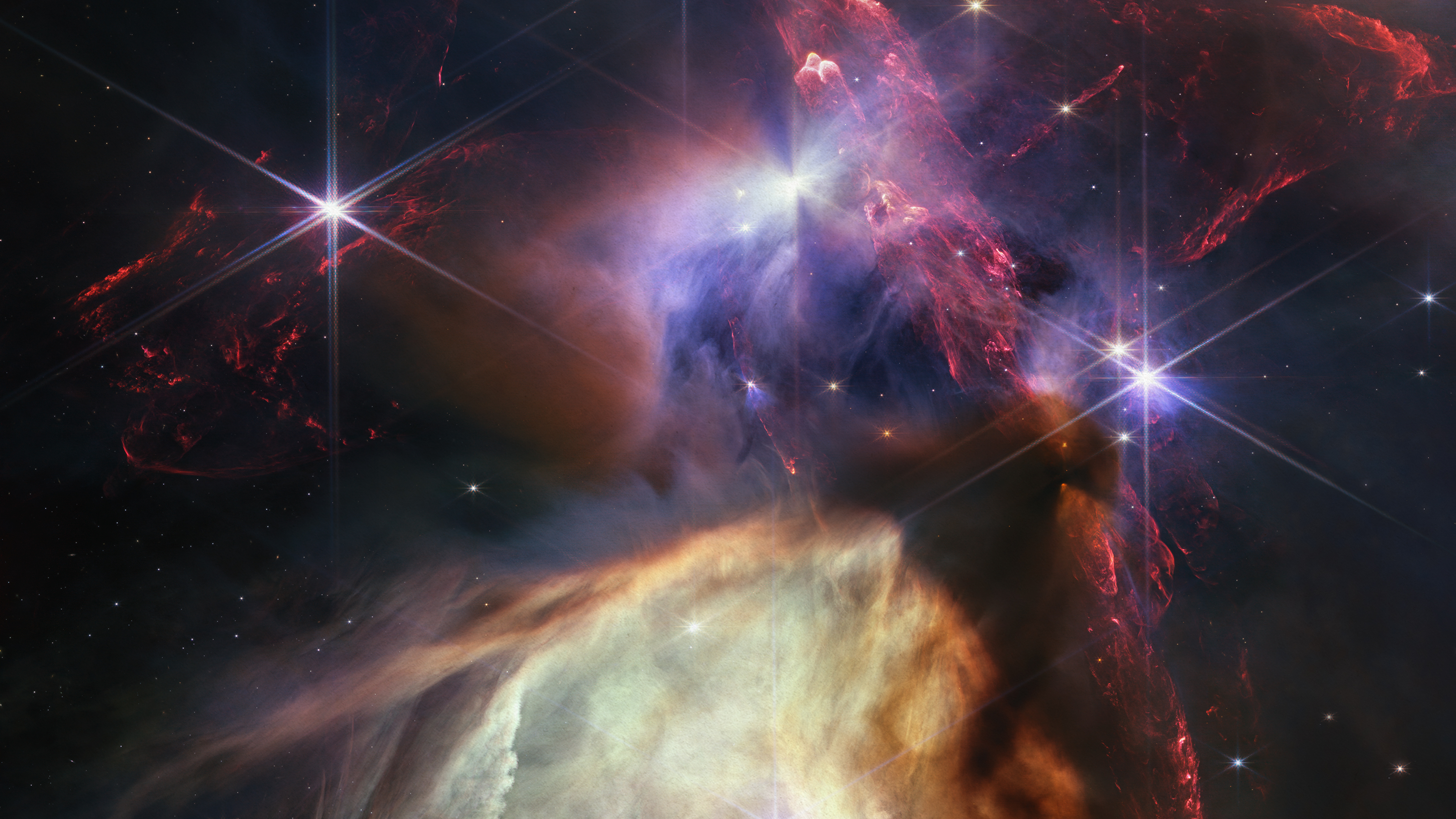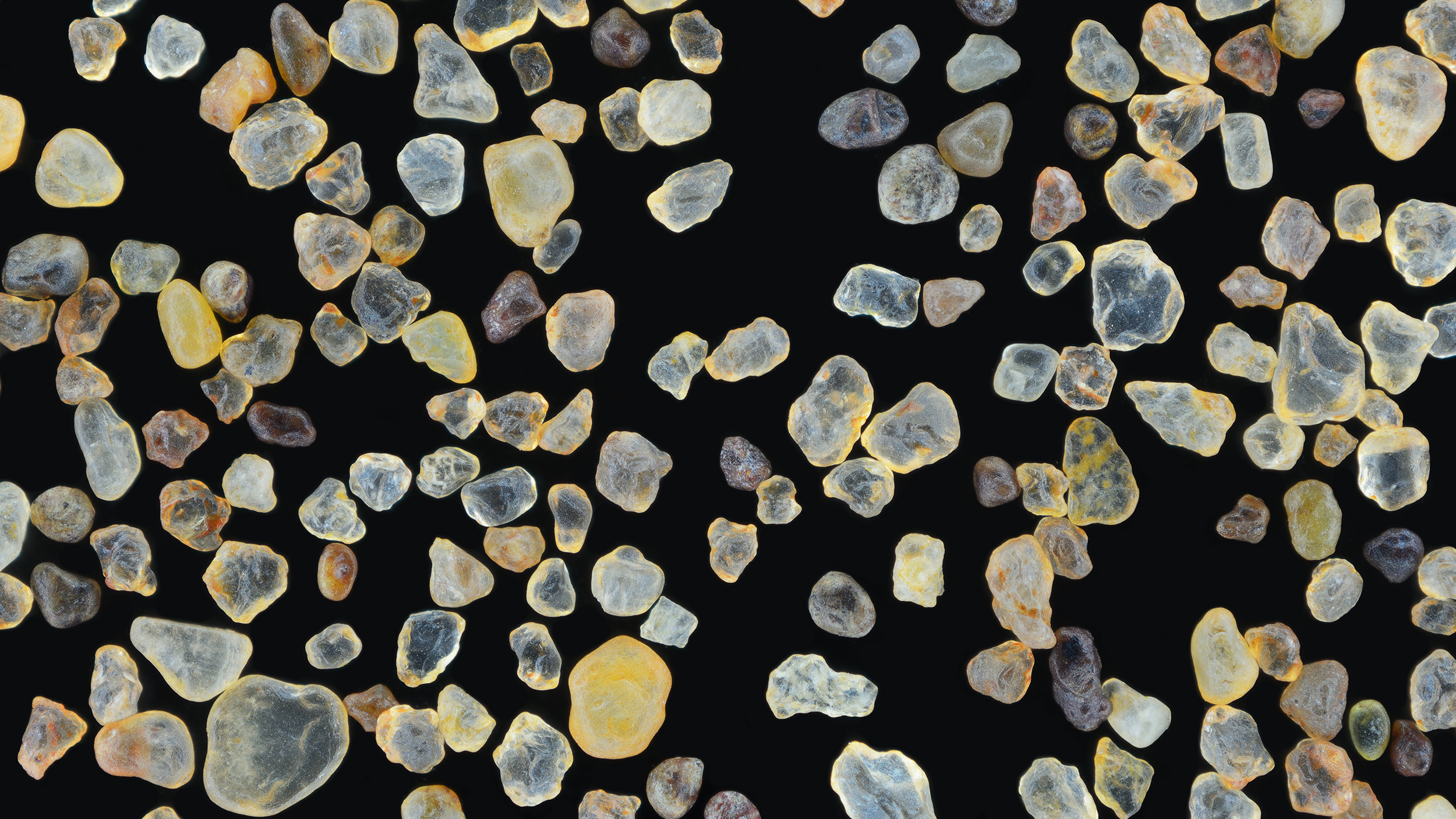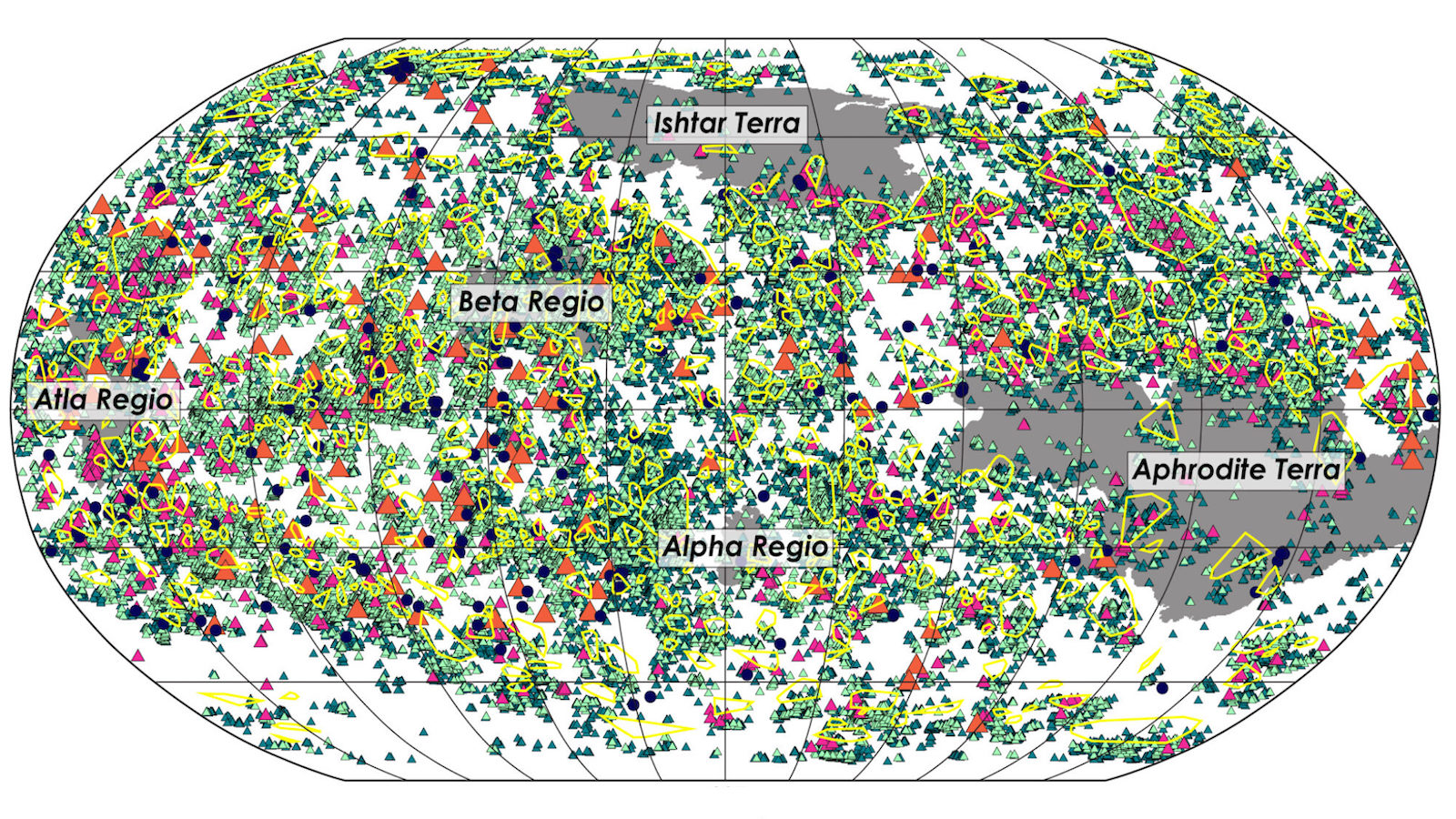Many planets will eventually be devoured by their parent star. For the first time, we caught a star in the act, eating its innermost planet!
Search Results
You searched for: Neptune
This oddball system of three stars might be our best chance at finding nearby life in the Universe.
Human beings are tiny creatures compared to the 92 billion light-year wide observable Universe. How can we comprehend such large scales?
Individual space telescopes, like Hubble and JWST, revolutionized our knowledge of the Universe. What if we had an array of them, instead?
With its first view of a protoplanetary disk around a newly forming star, the JWST reveals how alone individual stellar systems truly are.
The story of how Jupiter, Saturn, Uranus and Neptune were made isn’t a universal one. Some gas giants were built different.
No planet enters retrograde more frequently than Mercury, which does so 3-4 times each year. Here’s the scientific explanation for why.
The nearby, bright star Fomalhaut had the first optically imaged planetary candidate. Using JWST’s eyes, astronomers found so much more.
The space telescope’s findings challenge the notion of a galaxy brimming with life.
We’ve only seen Uranus up close once: from Voyager 2, back in 1986. The next time we do it, its features will look entirely different.
The cosmic scales governing the Universe are almost unbelievably large. What if we shrunk the Sun down to be just a grain of sand?
As Uranus approaches its solstice, its polar caps, rings, and moons come into their best focus ever under JWST’s watchful eye. See it now!
The secret ingredient is violence, and it just might indicate that “moonmoons” aren’t as uncommon as most astronomers think.
In terms of the planets we’ve discovered, super-Earths are by far the most common. What does that mean for the Universe?
If something exists, it is by definition natural.
Gravitation, all on its own, can reveal what’s present in the cosmos like nothing else.
In the largest star-forming region close to Earth, JWST found hundreds of planetary-mass objects. How do these free-floating planets form?
“Superhabitable” planets might be real, but Earth is probably as good as it gets.
We have long thought that Pluto was completely frozen solid, but the discovery of cryovolcanoes challenges that assumption.
The classic picture of Jupiter’s great rocky core might be entirely wrong.
Newton thought that gravitation would happen instantly, propagating at infinite speeds. Einstein showed otherwise; gravity isn’t instant.
The giant impact theory suggests our Moon was formed from proto-Earth getting a Mars-sized strike. An exoplanet system shows it’s plausible.
Like Mars today, Venus used to be a sci-fi superstar. Recent discoveries could re-ignite our interest in Earth’s “evil twin.”
In 1990, we only knew of the planets in our own Solar System. Today, the exoplanet count is more than 5000. Here’s what we’ve learned.
The closest known star that will soon undergo a core-collapse supernova is Betelgeuse, just 640 light-years away. Here’s what we’ll observe.
Comet A3, also known as Comet Tsuchinshan-ATLAS, has sprung to life since 2024’s last equinox. Here’s how to catch the show for yourself.
Binary black holes eventually inspiral and merge. That’s why the OJ 287 system is destined for the most energetic event in history.
Red dwarf stars were supposed to be inhospitable. But TOI-700, now with at least two potentially habitable worlds, is quite the exception.
Can two planets stably share the same orbit? Conventional wisdom says no, but a look at Saturn’s moons might tell a different story.




